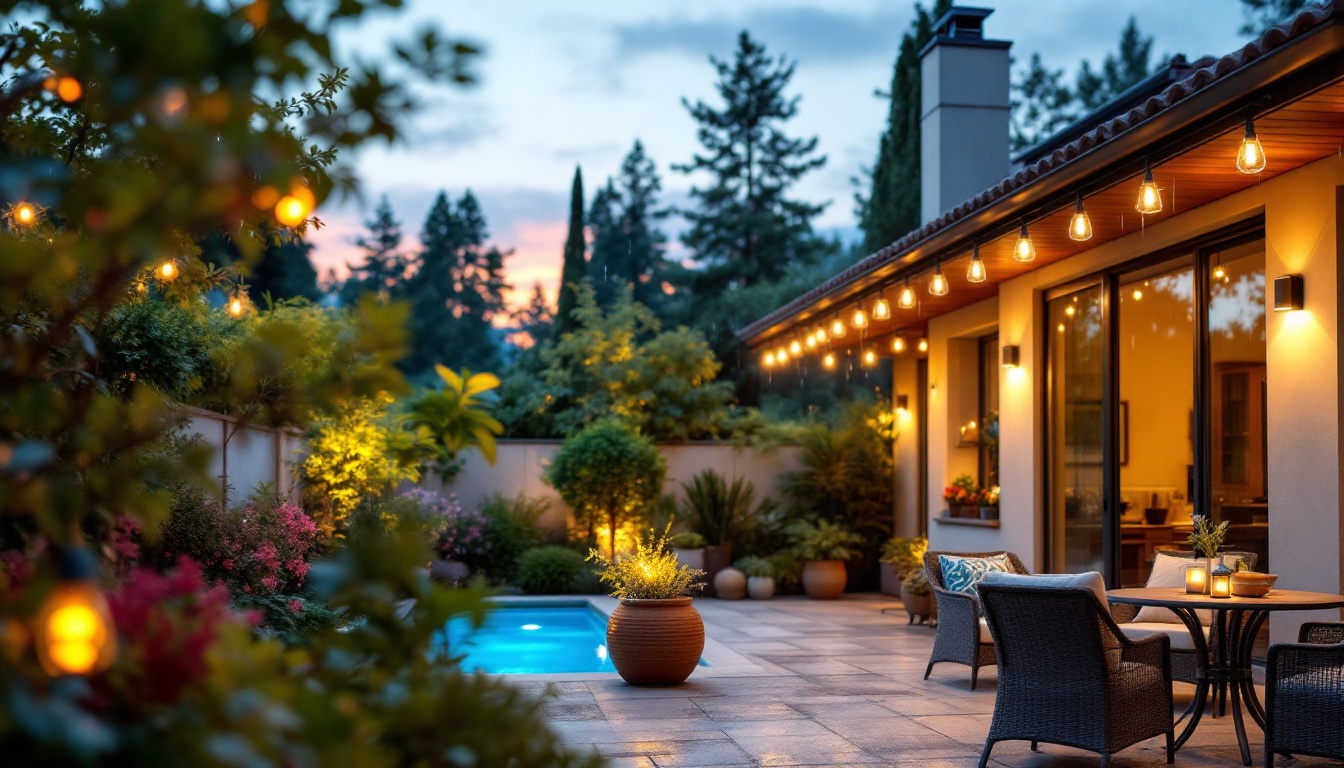
As outdoor living spaces become increasingly popular, the demand for waterproof outdoor ceiling lights has surged. These fixtures not only enhance the aesthetic appeal of patios, porches, and decks but also provide essential illumination for safety and functionality. However, lighting contractors face a myriad of challenges when it comes to installing and maintaining these fixtures. Understanding these challenges is crucial for delivering high-quality service and ensuring customer satisfaction.
One of the primary challenges in selecting waterproof outdoor ceiling lights is understanding the various waterproof ratings, often denoted by the Ingress Protection (IP) code. This code indicates how well a fixture can withstand water and dust intrusion, which is essential for outdoor applications. When choosing lighting solutions for outdoor spaces, it’s crucial to consider not only the aesthetic appeal but also the durability and functionality of the fixtures in varying weather conditions.
The IP code consists of two digits; the first digit represents protection against solid objects, while the second digit indicates protection against liquids. For example, an IP65 rating means the fixture is dust-tight and can withstand water jets from any direction. Contractors must ensure that the selected fixtures meet the appropriate IP rating for the specific outdoor environment. It’s worth noting that higher ratings, such as IP67 or IP68, offer even greater protection, making them suitable for areas prone to flooding or heavy rain. Understanding these ratings can significantly impact the longevity and performance of outdoor lighting installations.
Different outdoor settings present unique challenges. Coastal areas with high humidity and salty air can cause corrosion, while regions with heavy rainfall require fixtures that can handle prolonged exposure to water. Contractors must be knowledgeable about the local environment to recommend the right products that will last and perform effectively. Additionally, temperature fluctuations can also affect the integrity of outdoor lighting fixtures. For instance, extreme cold can make some materials brittle, while intense heat may lead to warping or fading. Therefore, it is essential to select fixtures that are not only waterproof but also resilient to temperature changes, ensuring they remain functional and visually appealing throughout the seasons.
Furthermore, the choice of materials used in the construction of outdoor ceiling lights plays a critical role in their overall performance. Fixtures made from corrosion-resistant materials, such as stainless steel or high-grade plastics, are often preferred in harsh environments. These materials not only enhance the lifespan of the lights but also reduce maintenance costs over time. In addition, incorporating energy-efficient LED technology can provide brighter illumination while consuming less power, making them an eco-friendly choice that aligns with modern sustainability practices. By considering both the waterproof ratings and the materials used, contractors can deliver lighting solutions that are both practical and stylish, enhancing the outdoor experience for homeowners and businesses alike.
Installing waterproof outdoor ceiling lights is not without its difficulties. The installation process can be complicated by various factors, including the structure of the building, existing electrical systems, and the specific requirements of the lighting fixtures.
Many outdoor spaces have unique architectural features that can complicate the installation of ceiling lights. For instance, beams, overhangs, and other structural elements can obstruct where fixtures can be placed. Contractors must carefully assess the space to determine the best locations for installation while ensuring the lights are both functional and aesthetically pleasing. Additionally, the choice of materials for the ceiling lights can further complicate matters; heavier fixtures may require additional support or reinforcement to ensure they are securely mounted and can withstand outdoor conditions, such as wind and rain.
Integrating new lighting fixtures into existing electrical systems can pose challenges. Contractors need to ensure that the wiring is suitable for outdoor use and can handle the load of the new fixtures. Additionally, they must consider the placement of switches and dimmers, ensuring they are accessible and protected from the elements. It’s also crucial to evaluate the circuit’s capacity to prevent overloads, which could lead to tripped breakers or even electrical fires. In some cases, it may be necessary to run new circuits or install dedicated outdoor outlets, adding to the complexity and cost of the project. Furthermore, understanding local building codes and regulations is essential, as these can dictate specific requirements for outdoor electrical installations, including grounding and weatherproofing standards.
Once installed, waterproof outdoor ceiling lights require ongoing maintenance to ensure they continue to function properly. Contractors must educate clients about the importance of regular upkeep and the specific maintenance needs of their chosen fixtures. This proactive approach not only enhances the lifespan of the lighting but also ensures that the outdoor spaces remain inviting and safe during nighttime hours.
Outdoor lighting fixtures are exposed to the elements, which can lead to dirt, debris, and algae buildup. Regular cleaning is necessary to maintain brightness and prevent corrosion. Contractors should provide clients with guidelines on how to clean their fixtures safely, emphasizing the importance of using non-abrasive materials to avoid damaging the finish. Additionally, it may be beneficial to recommend a seasonal cleaning schedule, perhaps at the beginning of spring and fall, to coincide with changes in weather and outdoor activity levels. This can help clients stay on top of maintenance and ensure their fixtures shine bright throughout the year.
Even the highest quality waterproof fixtures may require repairs or replacement parts over time. Contractors should be familiar with the brands they install and the availability of replacement components. This knowledge can save time and money for both the contractor and the client in the long run. Furthermore, it is wise for contractors to inform clients about common issues that may arise based on the type of fixtures they have chosen, such as bulb replacements or sealant wear. Offering a warranty or service plan can also provide peace of mind, ensuring that clients feel supported long after the initial installation.
In addition to regular cleaning and maintenance, seasonal changes can significantly impact the performance of outdoor lighting fixtures. For instance, in regions with harsh winters, snow and ice can accumulate on fixtures, potentially causing damage or obstructing light output. Contractors should advise clients on how to prepare their lighting for winter, such as removing snow buildup and checking for any signs of wear that could lead to malfunction during colder months. Similarly, in areas prone to heavy rain, ensuring that seals and gaskets are intact is crucial to prevent water ingress, which can lead to electrical failures.
As technology advances, energy-efficient lighting options become more accessible and affordable. Contractors should stay informed about the latest developments in LED technology and smart lighting systems that can enhance outdoor illumination while reducing energy consumption. Educating clients about the benefits of upgrading to these modern solutions can lead to long-term savings on energy bills and a reduced environmental footprint. Additionally, incorporating smart controls allows clients to schedule lighting based on their needs, providing convenience and further extending the life of their fixtures.
Selecting the appropriate waterproof outdoor ceiling lights is crucial for both functionality and aesthetics. Contractors must navigate a wide range of options, each with its own set of features and benefits.
With the growing emphasis on sustainability, energy-efficient lighting solutions have become increasingly popular. LED fixtures, for example, offer long lifespans and lower energy consumption compared to traditional incandescent bulbs. Contractors should be prepared to discuss the benefits of energy-efficient options with clients, including potential cost savings on energy bills.
Outdoor lighting is not just functional; it also contributes to the overall ambiance of a space. Contractors should consider the architectural style of the home and the preferences of the client when recommending fixtures. Options range from modern and sleek designs to more traditional styles, allowing for a tailored approach to each project.
Lighting contractors must also navigate various regulations and codes that govern outdoor lighting installations. Compliance is essential to ensure safety and avoid potential legal issues.
Each municipality may have specific building codes that dictate the types of fixtures that can be used outdoors, as well as installation methods. Contractors should familiarize themselves with these codes to ensure compliance and avoid costly fines or rework.
In addition to building codes, safety standards set by organizations such as Underwriters Laboratories (UL) or the American National Standards Institute (ANSI) must be adhered to. These standards ensure that the fixtures are safe for outdoor use and can withstand environmental factors. Contractors should verify that the products they install are certified to meet these safety standards.
Effective communication with clients is vital for a successful lighting project. Educating clients about the challenges and considerations involved in waterproof outdoor ceiling lights can lead to better decision-making and satisfaction.
Clients may have specific expectations regarding the performance and appearance of their outdoor lighting. Contractors should take the time to explain the limitations of certain fixtures, including their performance in extreme weather conditions or the need for regular maintenance. Setting realistic expectations can prevent misunderstandings and ensure a smoother project experience.
When bidding on projects, providing detailed proposals that outline the scope of work, materials to be used, and estimated timelines can help build trust with clients. Transparency in pricing and processes allows clients to feel more confident in their choices and the contractor’s expertise.
The outdoor lighting industry is continually evolving, with new technologies and designs emerging regularly. Staying updated on these innovations can give contractors a competitive edge.
Smart lighting systems allow for greater control and customization of outdoor lighting. Features such as remote control, dimming capabilities, and scheduling can enhance the user experience. Contractors should be knowledgeable about these technologies and how they can be integrated into existing systems, providing clients with modern solutions that meet their needs.
Solar-powered outdoor ceiling lights are gaining popularity due to their sustainability and ease of installation. These fixtures harness solar energy during the day and illuminate at night without the need for wiring. Contractors should consider offering solar options to clients who are environmentally conscious or looking for cost-effective solutions.
Waterproof outdoor ceiling lights present a range of challenges for lighting contractors, from installation complexities to ongoing maintenance requirements. By understanding waterproof ratings, installation considerations, and the importance of compliance, contractors can navigate these challenges effectively. Moreover, staying informed about innovations in outdoor lighting can enhance service offerings and improve client satisfaction.
Ultimately, the key to overcoming these challenges lies in effective communication, education, and a commitment to quality. By addressing the unique needs of each project and providing tailored solutions, lighting contractors can ensure the successful installation and longevity of waterproof outdoor ceiling lights, creating beautiful and functional outdoor spaces for their clients.
Ready to tackle the challenges of installing waterproof outdoor ceiling lights with confidence? LumenWholesale is here to support you every step of the way. We provide contractors with high-quality, spec-grade lighting products at unbeatable wholesale prices, ensuring you can deliver exceptional results to your clients. Our extensive selection meets rigorous industry standards for performance and reliability, and with free shipping on bulk orders, you can stock up on superior lighting without the worry of hidden fees. Elevate your outdoor lighting projects with the perfect blend of quality, affordability, and convenience at LumenWholesale – Wholesale Lighting at the Best Value.
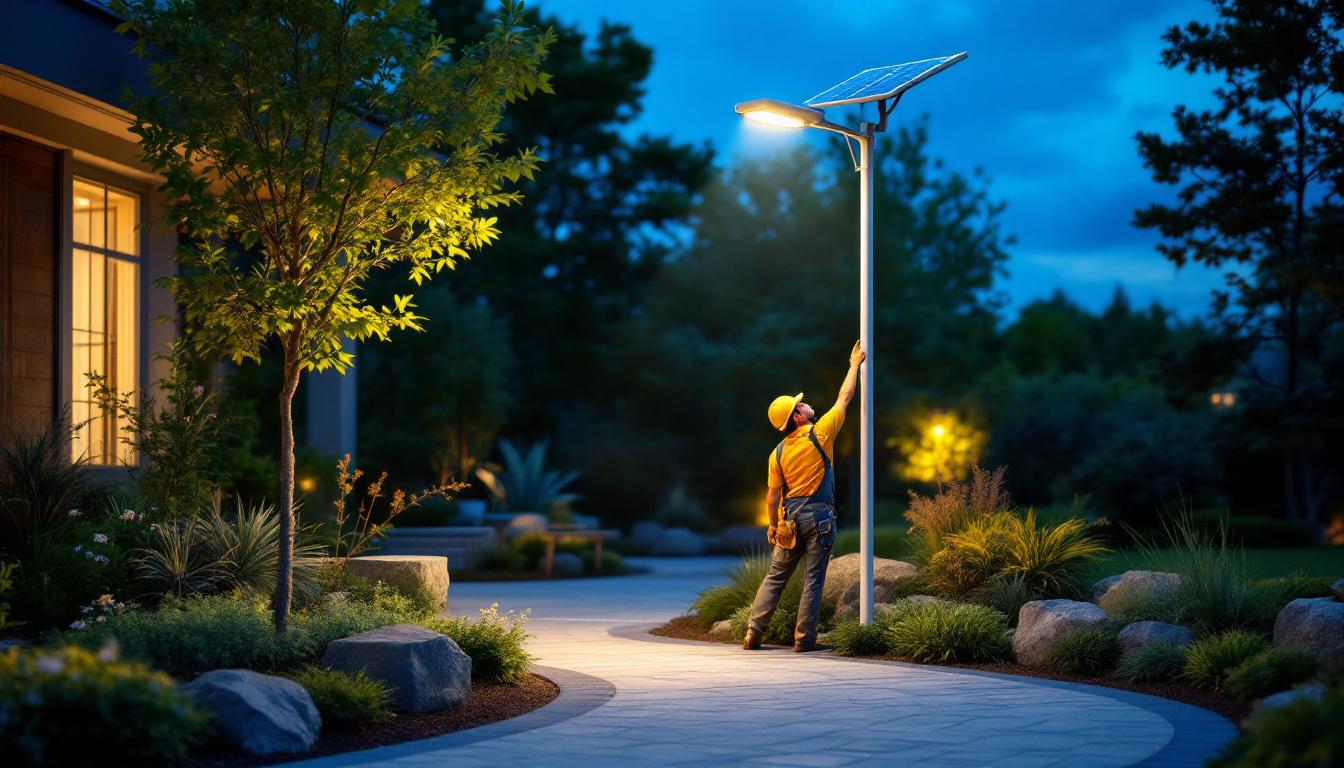
Discover how solar-powered pole lights are transforming outdoor spaces with real-world success stories from lighting contractors.
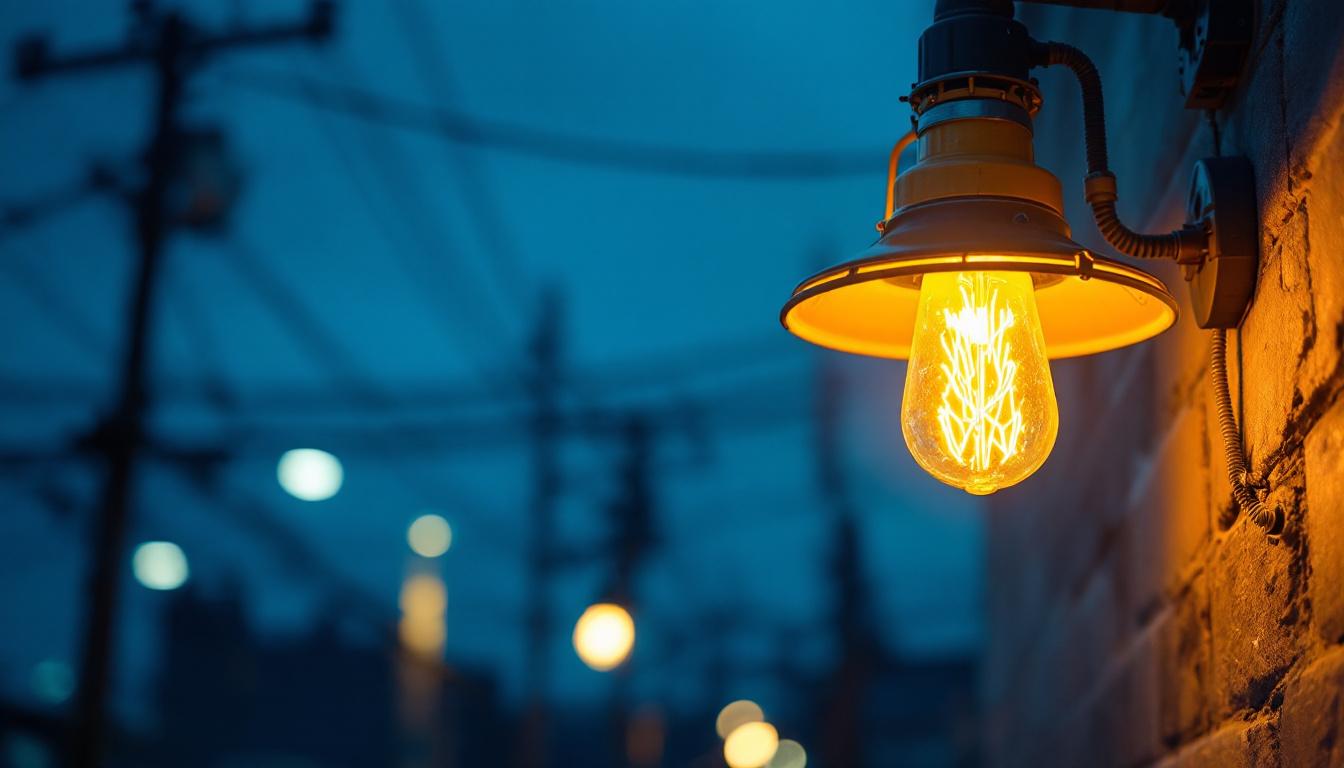
Discover everything lighting contractors need to know about high pressure sodium light fixtures in this comprehensive guide.
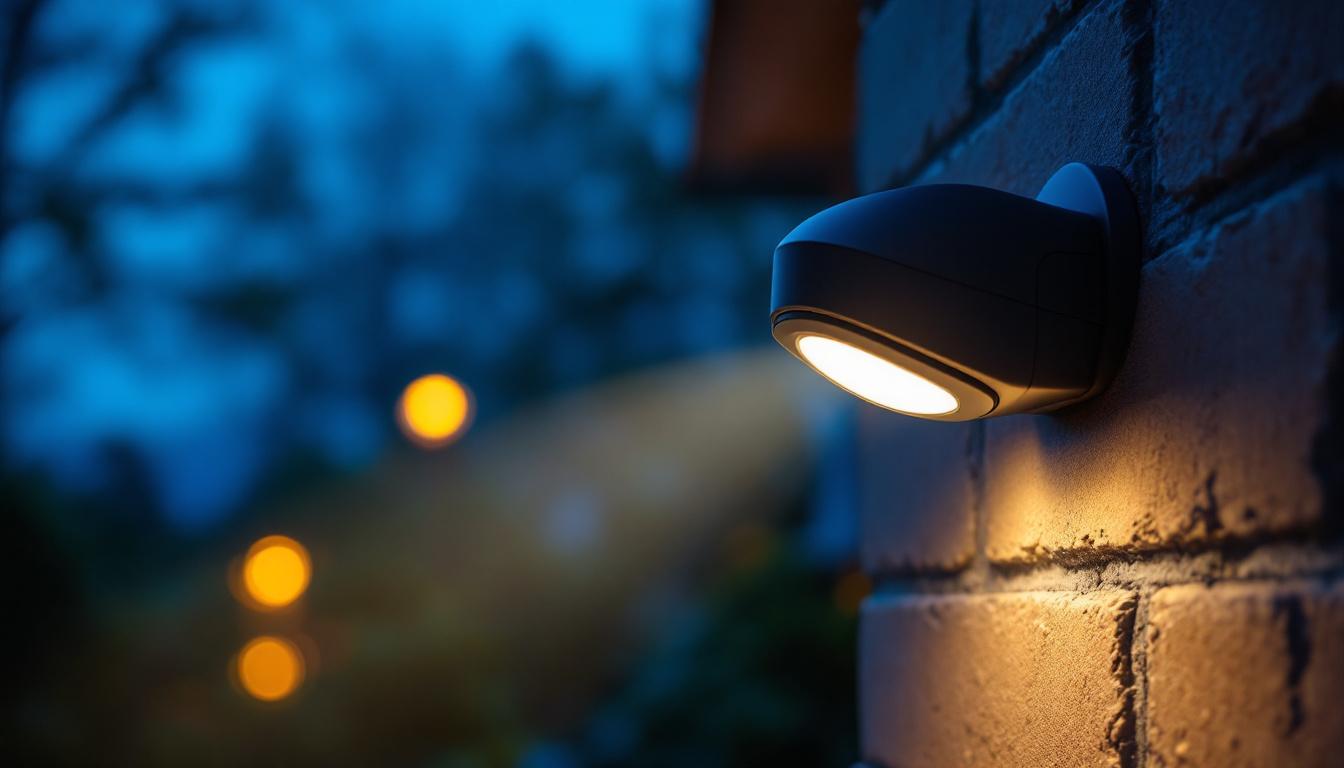
Discover expert insights into the best practices for installing motion sensor outdoor LED lights.
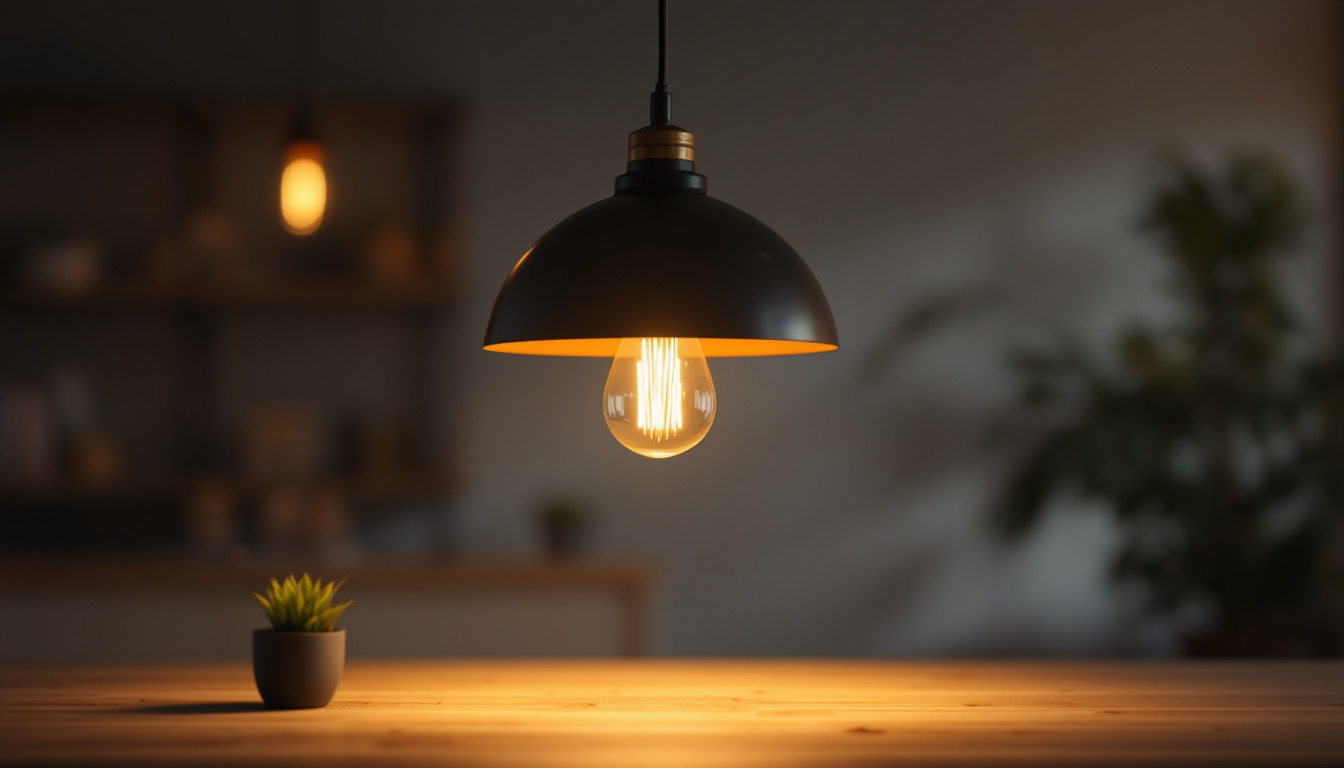
Discover how pendant lighting can transform your space and boost the efficiency of your lighting projects.